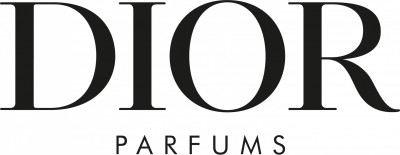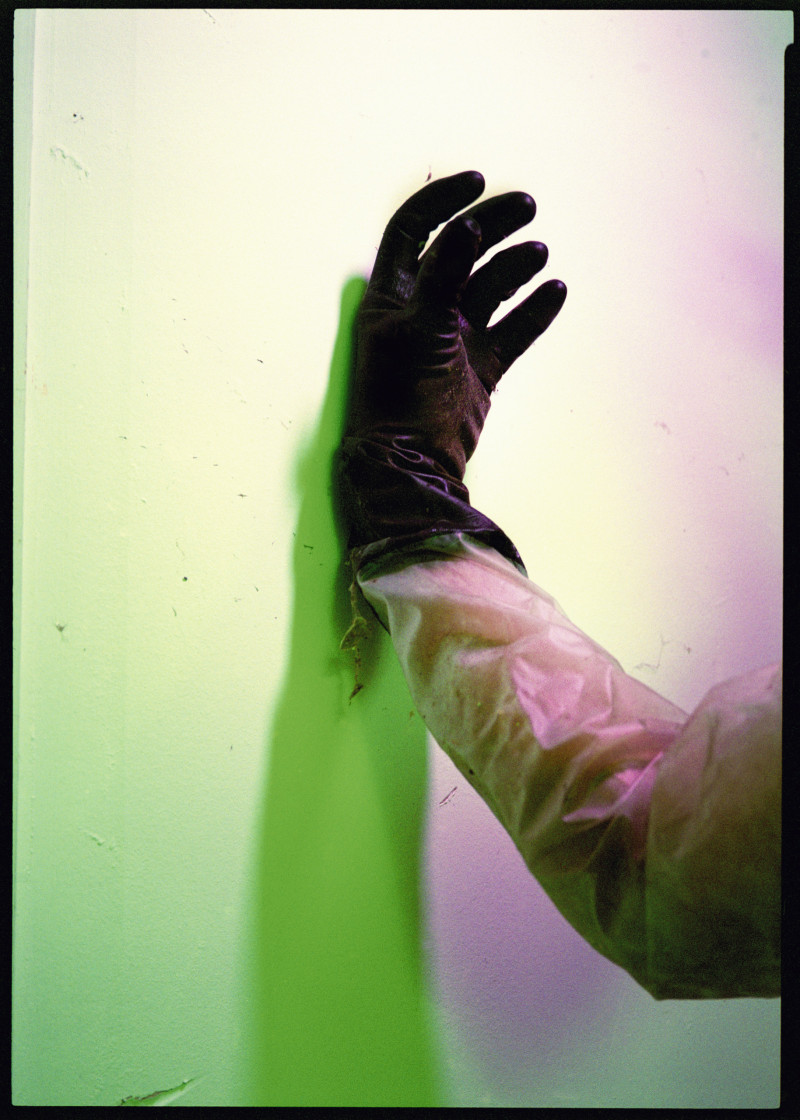Anne-Lise Seusse —
Les enfants du palais sous la mer (Children of the Palace Under the Sea)

From 12 June to 14 July, the MEP Studio, a space dedicated to emerging creative work, is hosting the project Les enfants du palais sous la mer (Children of the Palace Under the Sea), by photographer and video artist Anne-Lisse Seusse. From a series conceived based on an invitation by the sociologist and lecturer-researcher Amélie Nicoles, this exhibition focuses on two issues linked to the Vendée region: the fate of former holiday camps along the coast and the threat posed by global warming and rising sea levels.
The exhibition
Until the 1970s, the commune of Saint-Hilaire-de-Riez in the Vendée had more than a dozen holiday centres which were the result of a political desire to take in children from the “red suburbs”—communist towns in the periphery of Paris—after the Second World War. Focusing on one of these centres, the Houilles holiday camp which was abandoned in 2018, Anne-Lise Seusse found this research site to be a fertile ground for connecting multiple narratives, from the memory of the buildings to the past cult of outdoor leisure activities and the wild reappropriation of the site by illicit night-time activities.
The two-stage project led the artist to carry out in-depth research combining urban sociology, history, and territorial policy with personal accounts through the collection of postcards, photographs, and letters. Anne-Lise Seusse then took over the uninhabited colony at night and turned it into her studio. Illuminating the space with coloured gels, Anne-Lise Seusse delivers images that are situated somewhere between documentary and forensic photography, with elements of installation and sculpture. Les enfants du palais sous la mer (Children of the Palace under the Sea) shows a maze of objects of all kinds—furniture, toys, etc.—which seem to have taken over the space. We are left guessing at an apocalyptic landscape, not knowing whether the catastrophe is imminent or has already taken place. Amidst these objects, traces of life can be seen in the presence of recent graffiti that tell another story, that of these depreciated places that are once again becoming desirable. Les enfants du palais sous la mer thus evokes a dystopian world in which human civilisation ends up irretrievably submerged underwater.
The artist

© Ellande Jaureguiberry
Anne-Lise Seusse
Anne-Lise Seusse was born in Lyon in 1980 and lives and works in Paris. She studied philosophy before going on to study at the Ecole Nationale Supérieure des Beaux-Arts in Lyon and is interested in territories as fictional spaces and their sociology.
Her work has been exhibited in museums and art centres including the Creux de l’enfer in Thiers (2008), the Institut d’Art Contemporain in Villeurbanne (2011), the National Gallery in Cape Town (2012), the Palais de Tokyo in Paris (2012), the Centre International d’Art et du Paysage de Vassivière (2013), the École spéciale d’architecture in Paris (2014), MuMa in Le Havre (2017), and Frac Limousin (2018). Anne-Lise Seusse has worked in South Africa with the support of the FNAGP (now Fondation des Artistes). Several of her photographs and videos have been acquired by the FRAC Limousin. The project Les enfants du palais sous la mer was supported by the CNAP.

© Ellande Jaureguiberry
Partner
The exhibition is organised in collaboration with







